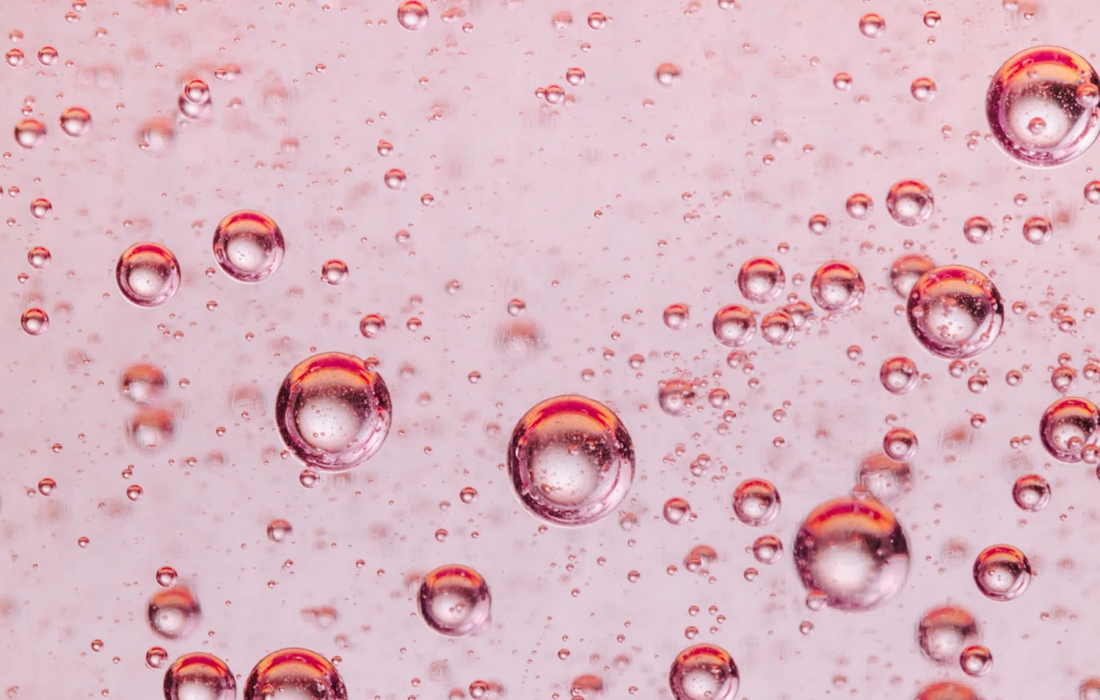Regenerative Medicine News and General Information
Gel Stops Brain Tumors in Mice
Medication delivered by a novel gel cured 100% of mice with an aggressive brain cancer.
“We think this hydrogel will be the future and will supplement current treatments for brain cancer.” said Honggang Cui, a Johns Hopkins University chemical and biomolecular engineer who led the research.
Cui’s team combined an anticancer drug and an antibody in a solution that self-assembles into a gel to fill the tiny grooves left after a brain tumor is surgically removed. The gel can reach areas that surgery might miss and current drugs struggle to reach to kill lingering cancer cells and suppress tumor growth.
The gel appears to not only fend off cancer but help rewire the immune system to discourage recurrence with immunological memory, researchers said.
Still, surgery is essential for this approach, the researchers said. Applying the gel directly in the brain without surgical removal of the tumor resulted in a 50% survival rate.
“The surgery likely alleviates some of that pressure and allows more time for the gel to activate the immune system to fight the cancer cells,” Cui said.
The gel solution consists of nano-sized filaments made with paclitaxel, an FDA-approved drug for breast, lung, and other cancers. The filaments provide a vehicle to deliver an antibody called aCD47. By blanketing the tumor cavity evenly, the gel releases medication steadily over several weeks, and its active ingredients remain close to the injection site.
One of the go-to therapies for glioblastoma is a wafer co-developed by a team of researchers at Johns Hopkins and the Massachusetts Institute of Technology in the 1990s, commercially known as Gliadel.
Gliadel showed significant survival rates in laboratory experiments, but the results achieved with the new gel are some of the most impressive the Johns Hopkins team has seen, said Betty Tyler, a co-author and associate professor of neurosurgery at the Johns Hopkins School of Medicine.
“We don’t usually see 100% survival in mouse models of this disease,” Tyler said. “Thinking that there is potential for this new hydrogel combination to change that survival curve for glioblastoma patients is very exciting.”.
“The challenge to us now is to transfer an exciting laboratory phenomenon to clinical trials,” said Brem, who is neurosurgeon-in-chief at Johns Hopkins Hospital.
Sources:
Feihu Wang, Qian Huang, Hao Su, Mingjiao Sun, Zeyu Wang, Ziqi Chen, Mengzhen Zheng, Rami W. Chakroun, Maya K. Monroe, Daiqing Chen, Zongyuan Wang, Noah Gorelick, Riccardo Serra, Han Wang, Yun Guan, Jung Soo Suk, Betty Tyler, Henry Brem, Justin Hanes, Honggang Cui. Self-assembling paclitaxel-mediated stimulation of tumor-associated macrophages for postoperative treatment of glioblastoma. Proceedings of the National Academy of Sciences, 2023; 120 (18) DOI: 10.1073/pnas.2204621120
Johns Hopkins University. “This gel stops brain tumors in mice. Could it offer hope for humans?.” ScienceDaily. ScienceDaily, 24 April 2023. <www.sciencedaily.com/releases/2023/04/230424162901.htm>.
Images from:
Photo by Pawel Czerwinski
https://unsplash.com/photos/fOXvuWswMDs

